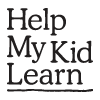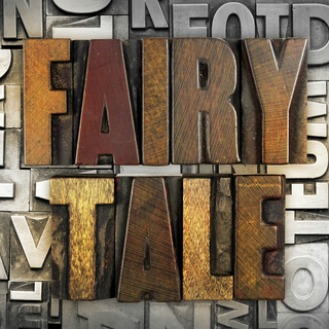What to do with this activity?
Lots of children's stories come with a message. When you read a story together, talk about what the story means - what's the big message. Sometimes we ask "what is the moral or lesson of the story"?
Think of the fairy tales and folk tales that you know and what messages you might learn - Little Red Riding Hood (learn who to trust); Chicken Licken (don't act on incomplete information); Three Little Pigs (the importance of building on a good foundation); Cinderella (goodness and hard work bring rewards).
A fable is another sort of story, usually short and with animal characters. Have a look at these famous fables by Aesop who lived in Greece more than 2,000 years ago. Each one comes with a strong moral lesson. Enjoy reading them together and have a chat about the message - keep it light hearted.
Look for messages that can be learned from other stories that you read together. You can borrow lots of children's books at your local library, and the service is absolutely free.
-
Why am I doing this?
The written word is everywhere and by pointing out words around you everyday, your child will realise the usefulness of reading and how it brings information and knowledge of the wider world into your lives.
Reading together shows your child that you think reading is important. It helps your child to link the words on the page to how they are spoken and to begin to recognise words.
-
How can I do more?
Encourage your child to read by giving them books or information about what they are interested in, for example, if they are interested in cars, give them books about cars – it’s a great motivator. Use comics, magazines and newspapers to provide lots of new words and facts. Your child can use the pictures for information about the words they are reading.
Read longer books to your child. This will help with memory.
You could do ‘paired reading’ – your child chooses a book or comic to read.
- At first, both of you read aloud together. When the child is ready, they carry on reading alone.
- If they don’t know a word, you say it for them and both of you continue to read together until they are ready to read alone again.
- No pressure is made to get them to read by themselves. They only do it when they are ready. This is useful with older children when they find text books difficult.Your child might like to practise their reading skills by reading to younger children.
Discuss with your child’s teacher if they are having difficulty reading.
Rate this activity
![]()
![]()
![]()
![]()
![]()
Based on 15 reviews
How would you rate it?
1 = Poor, 5 = Great.



